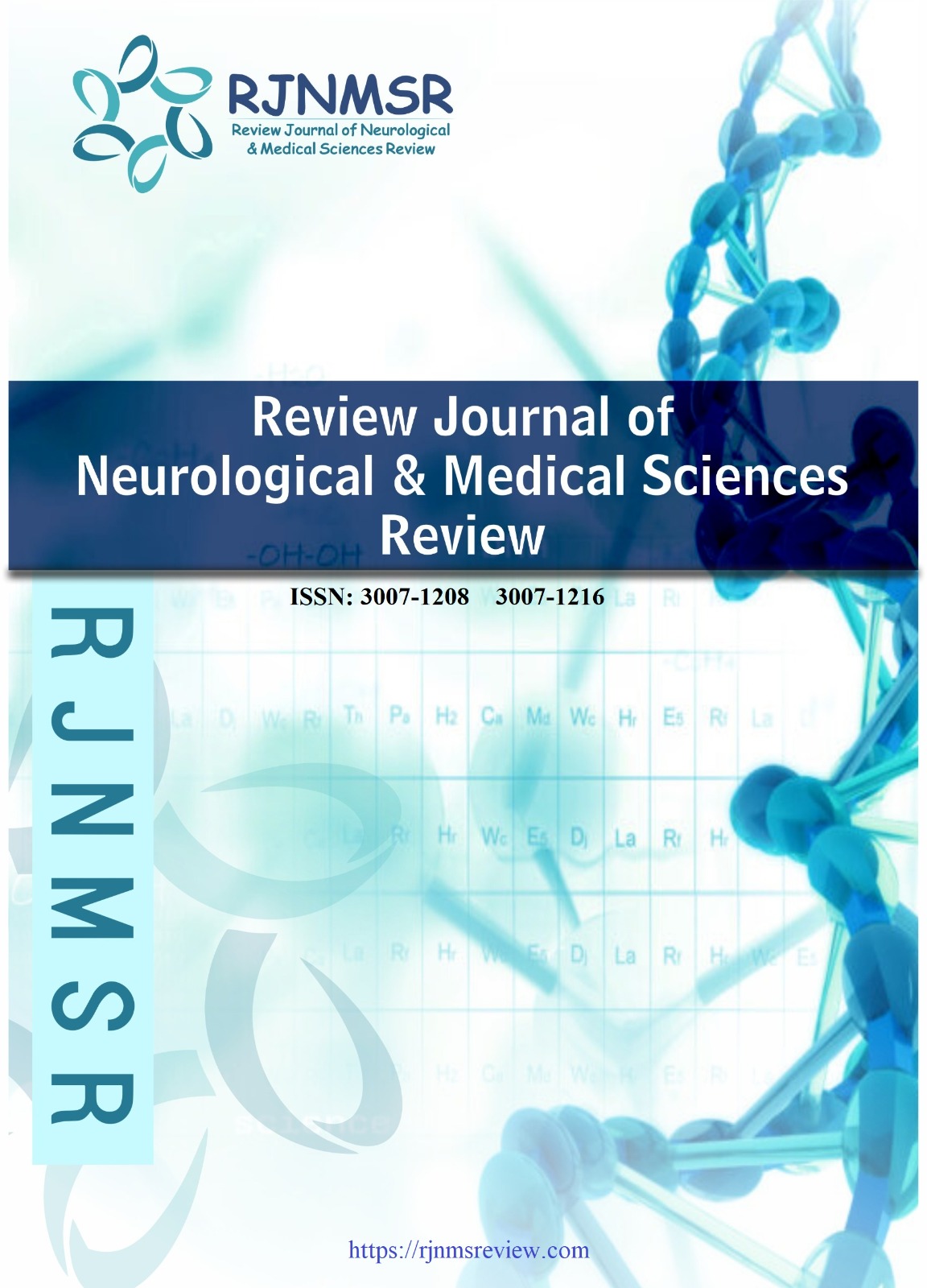COMPARATIVE COMPUTED-TOMOGRAPHY ASSESSMENT OF CALCIFIC LOAD IN BICUSPID VERSUS TRICUSPID AORTIC VALVES
DOI:
https://doi.org/10.63075/kmgn5520Keywords:
Aortic valve calcification, Bicuspid aortic valve and Tricuspid aortic valveAbstract
Introduction: One known cause of left ventricular outflow blockage and a significant predictor of cardiovascular risk is calcification of the aortic valve leaflets. Despite making up only 1-2 percent of the general population, bicuspid aortic valves (BAV) are thought to accelerate mineral deposition due to their altered design. This review compares the burden and distribution of aortic valve calcification (AVC) in patients with bicuspid versus tricuspid valves through the inclusion of computed-tomography outcomes of a recent single-center study. Materials and Methods: A retrospective analysis was conducted on sixty-one persons who were referred for cardiac CT scans between July and September of 2024. Using Multiplanar reconstructions, valve morphology was categorized, and the Agatston method was used to measure calcium volume. Clinical information was taken out of electronic medical records and examined using SPSS 22.0. Results: In 65.6% of cases, the cohort (mean age 54.6 ± 12.3 years, 57% male) demonstrated symptoms indicative of AVC. Compared to 38.2% of individuals with tricuspid valves (TAV), half (51.9%) of BAV patients had moderate-to-severe calcification. Higher calcium scores were positively correlated with both hypertension and tobacco use (p < 0.01). Angaston grade and CT markers of hemodynamically grave stenosis did not precisely link. Conclusions: Compared to its tricuspid cousin, BAV shape has a detectable higher calcific burden; however, luminal blockage cannot be anticipated only by calcification. Planning a surgical or Tran’s catheter execution still requires multipara metric appraisal.Downloads
Published
2025-07-10
Issue
Section
Articles
How to Cite
COMPARATIVE COMPUTED-TOMOGRAPHY ASSESSMENT OF CALCIFIC LOAD IN BICUSPID VERSUS TRICUSPID AORTIC VALVES. (2025). Review Journal of Neurological & Medical Sciences Review, 3(3), 117-124. https://doi.org/10.63075/kmgn5520

